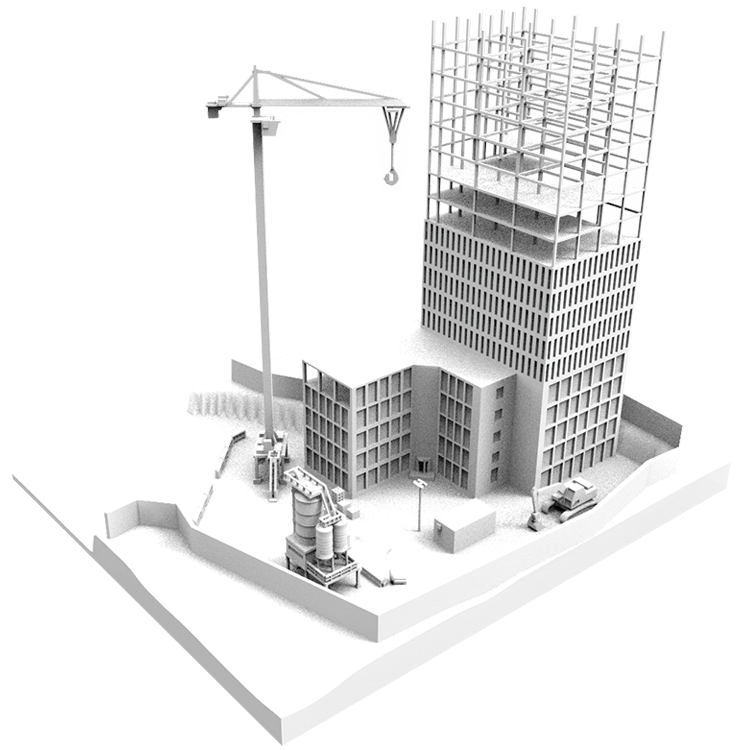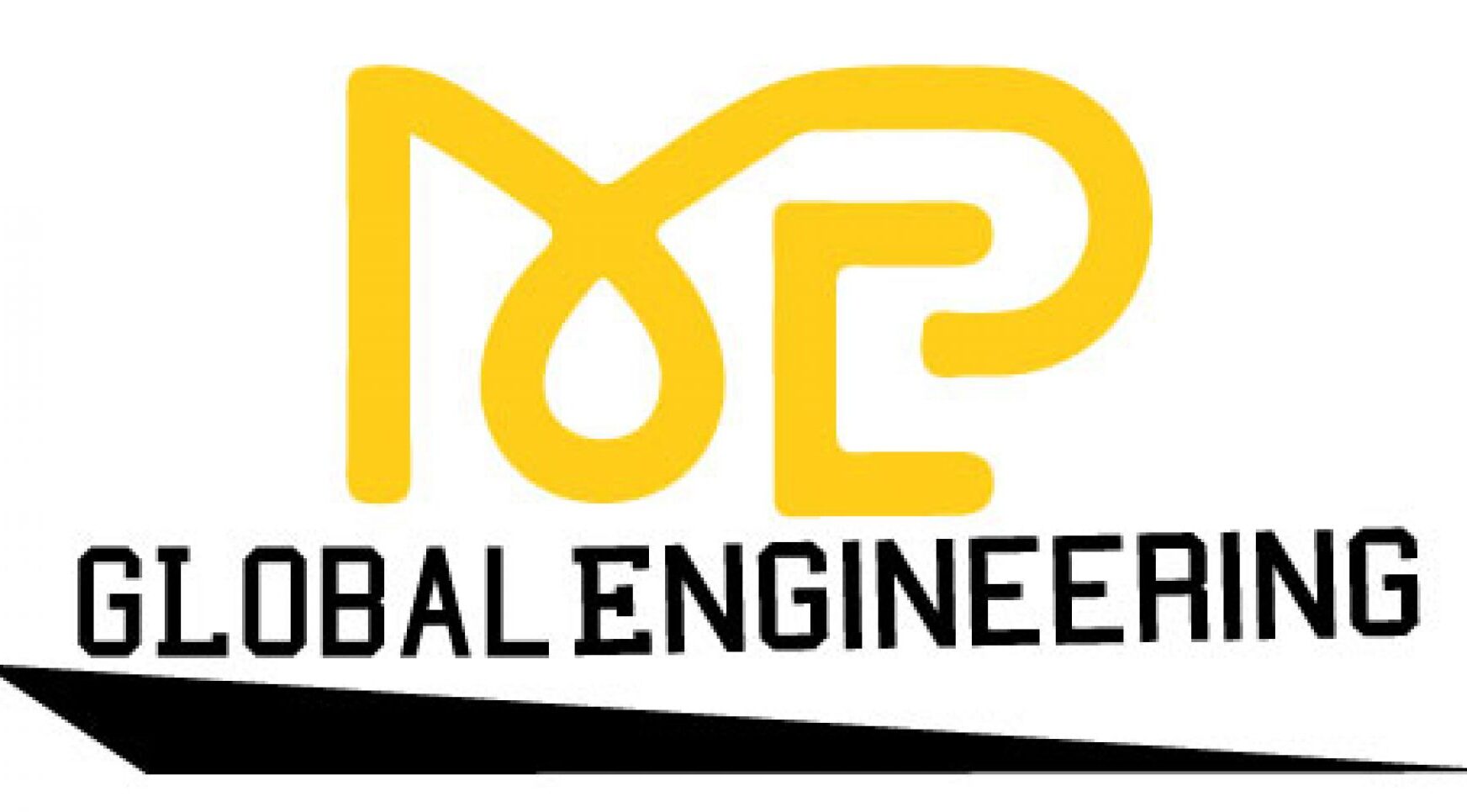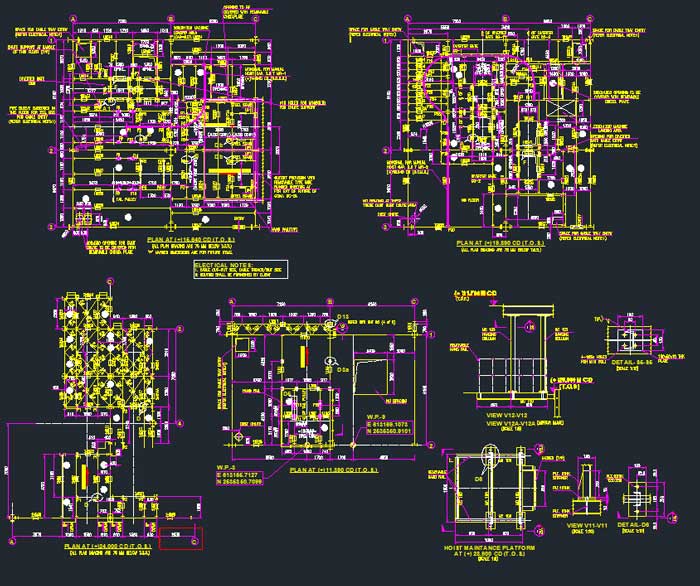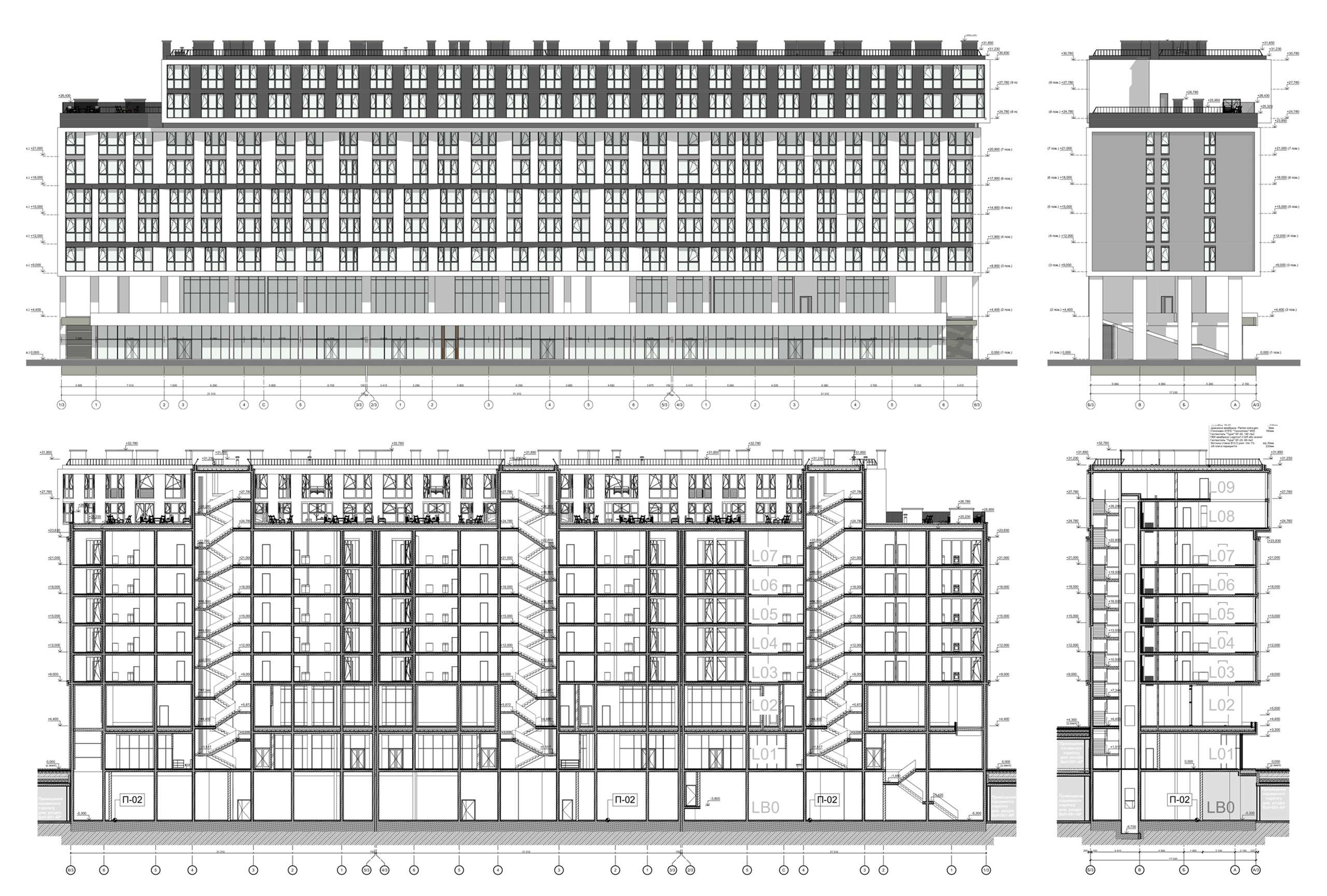
The Critical Role of 6D BIM in Sustainable Building Design
Mastering 6D Sustainability and Building Life Cycle: The Future of Construction
The transition to 6D BIM represents a pivotal shift in how we approach sustainability and lifecycle management in construction projects. MEP Global Engineering’s experience underscores a common industry challenge: the degradation of documentation quality as projects progress, which can significantly impact the operational phase of a building.
To address this issue, we must implement rigorous documentation standards and continuous validation processes throughout the project’s lifecycle. This will ensure that data integrity is maintained from design through to operation. By leveraging 6D BIM, we can enhance transparency and accountability, leading to more efficient maintenance and reduced operational costs. Furthermore, it is essential for all stakeholders to embrace a culture of collaboration and open communication. Regular training sessions on the latest technologies and best practices in BIM should be mandatory for all team members.
This proactive approach will not only improve documentation quality but also foster a unified commitment to sustainability goals. In conclusion, adopting 6D BIM is not just about technological advancement; it’s about reshaping our industry’s mindset towards greater efficiency and environmental responsibility. MEP Global Engineering must lead by example, demonstrating that high-quality documentation and sustainable practices are non-negotiable pillars of modern construction projects.
6D BIM, focused on sustainability and efficient building lifecycle management, directly addresses these issues by embedding essential building lifecycle data into the BIM model. This integration ensures that detailed, accurate, and actionable information is maintained from project inception through to building operation and beyond. By incorporating real-time data on energy usage, material performance, and maintenance schedules, 6D BIM empowers stakeholders to make informed decisions that enhance the sustainability and efficiency of the building throughout its lifespan. This approach not only minimizes environmental impact but also optimizes operational costs and extends the life of the infrastructure.
6D BIM facilitates seamless collaboration among architects, engineers, contractors, and facility managers by providing a single source of truth. This comprehensive visibility into all aspects of the building lifecycle reduces errors and improves coordination across different phases of the project. In conclusion, adopting 6D BIM is not just an innovative step forward; it is a critical necessity for modern construction projects aiming for sustainability and long-term success.
MEP Global Engineering has developed methods for collecting, verifying, and processing proper documentation. This information is available to users through a customized web-based proprietary environment, ensuring global accessibility for the owner. The owner or facility manager will have full access to a simple yet powerful virtual building model containing relevant information for property management, building systems, and facilities life components. Additionally, MEP Global Engineering provides comprehensive training and support to ensure that users can effectively utilize the platform’s capabilities.
Our system is designed to enhance operational efficiency by streamlining data management processes and providing real-time updates. This not only improves decision-making but also reduces downtime and maintenance costs. We emphasize the importance of security, ensuring that all data is protected with advanced encryption methods.
Our platform integrates seamlessly with existing building management systems, allowing for a smooth transition and minimal disruption to ongoing operations. By choosing MEP Global Engineering’s solutions, you are investing in a robust toolset that empowers facility managers to optimize performance and extend the lifespan of building components. We stand behind our technology with unparalleled customer service and technical support to address any issues promptly. In summary, our innovative approach offers a significant competitive advantage by combining state-of-the-art technology with practical functionality tailored to meet the unique needs of each user.
Here’s why 6D BIM is indispensable:
Comprehensive Documentation:
One of the standout features of 6D BIM is its ability to maintain a consistent and detailed level of documentation throughout the construction process. This is achieved by integrating all relevant building information into the BIM model, which becomes a living document updated throughout the building’s lifecycle.
Seamless Handover:
The transition from construction to operation is often where information loss occurs. 6D BIM facilitates a smoother handover by ensuring that owners receive not just physical structures, but a comprehensive digital representation that includes detailed manuals, specifications, and operational data.
Enhanced Facility Management:
By incorporating detailed data about materials, systems, and their expected lifespans, 6D BIM allows for more effective facility management. Building managers can access a wealth of information, from maintenance schedules to energy efficiency data, all within the BIM model.
Sustainability Optimization:
Sustainable building practices require ongoing efforts to minimize environmental impact during the building’s operational life. 6D BIM supports these goals by providing tools and data that help in monitoring energy consumption, managing waste, and planning sustainable renovations or upgrades.
Predictive Maintenance:
With 6D BIM, building managers can move from reactive to predictive maintenance. The BIM model can help predict when a building component might fail or need servicing, based on real-time data and historical trends. This proactive approach reduces downtime and can extend the lifespan of building components.
Cost Efficiency:
By improving maintenance efficiency and ensuring that building systems operate optimally, 6D BIM can significantly reduce operational costs. This is not just beneficial economically but also enhances the building’s value over time by ensuring it remains modern, efficient, and compliant with environmental standards.
In conclusion, embracing 6D BIM is not merely about adopting new technology; it’s about committing to a sustainable, efficient, and data-driven approach to building lifecycle management. MEP Global Engineering, with its rich experience and understanding of the industry’s challenges, stands to gain immensely from integrating 6D BIM practices. This approach ensures that every project not only meets today’s standards but is also prepared for tomorrow’s challenges, promoting sustainability and efficiency at every stage of the building lifecycle.




MEP Engineering and Design Services with MEP Global
[…] of Building Information Modeling (BIM) technologies. This advanced approach revolutionizes the way building systems are designed, coordinated, and integrated, ensuring a level of precision and efficiency that was once […]
The Critical Role of COBie in Modern Construction Projects
[…] new tool but embracing a comprehensive approach to building information management. It represents a critical advancement in how building data is handled, promoting greater collaboration, efficiency, and data-driven decision-making […]
The Role of MEP Coordination in Successful Building Projects
[…] energy use, and compromised safety standards. Furthermore, proper MEP coordination enhances the sustainability of a building by ensuring systems are designed for optimal performance and minimal environmental impact. Therefore, investing time and resources […]
Benefits of Implementing 3D BIM Modeling in Construction
[…] and aesthetics of a building. However, a 3D BIM model goes several steps further by integrating critical data that can be used throughout the building lifecycle, from initial design through to construction and maintenance. Unlike a standard 3D model, […]